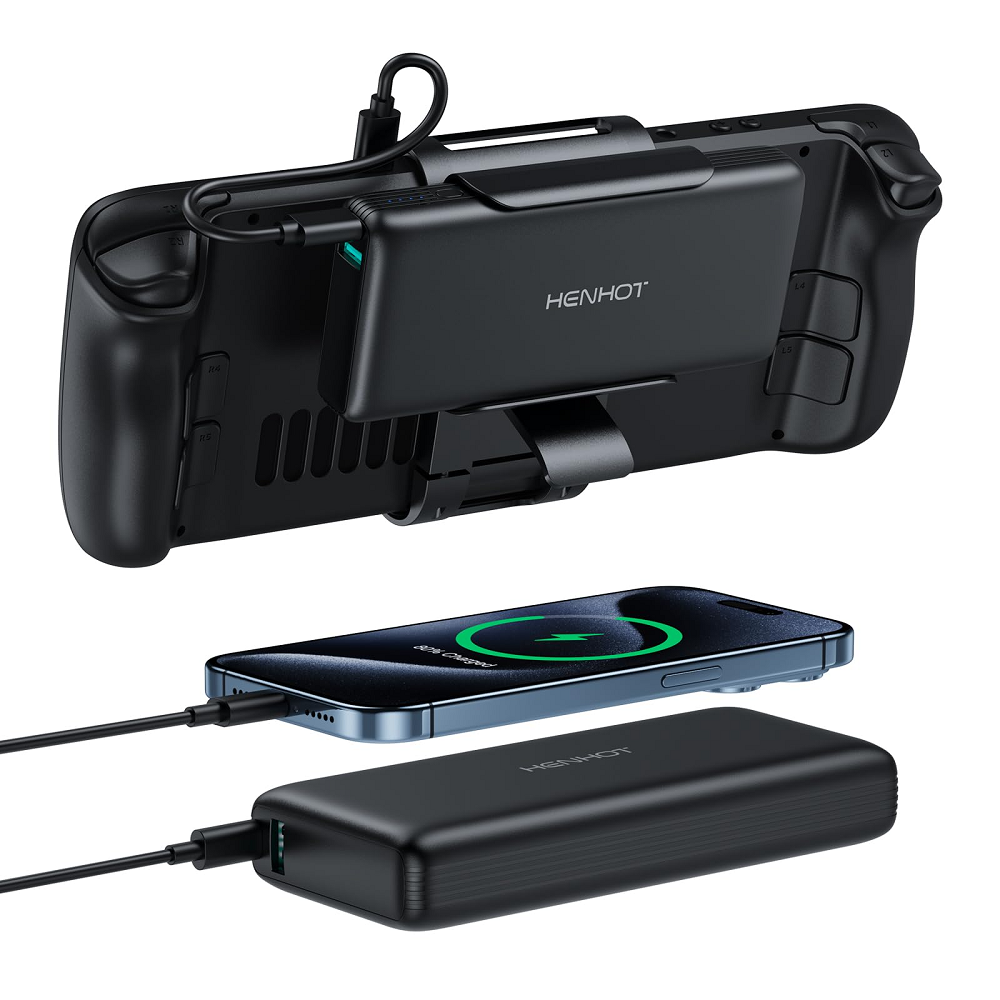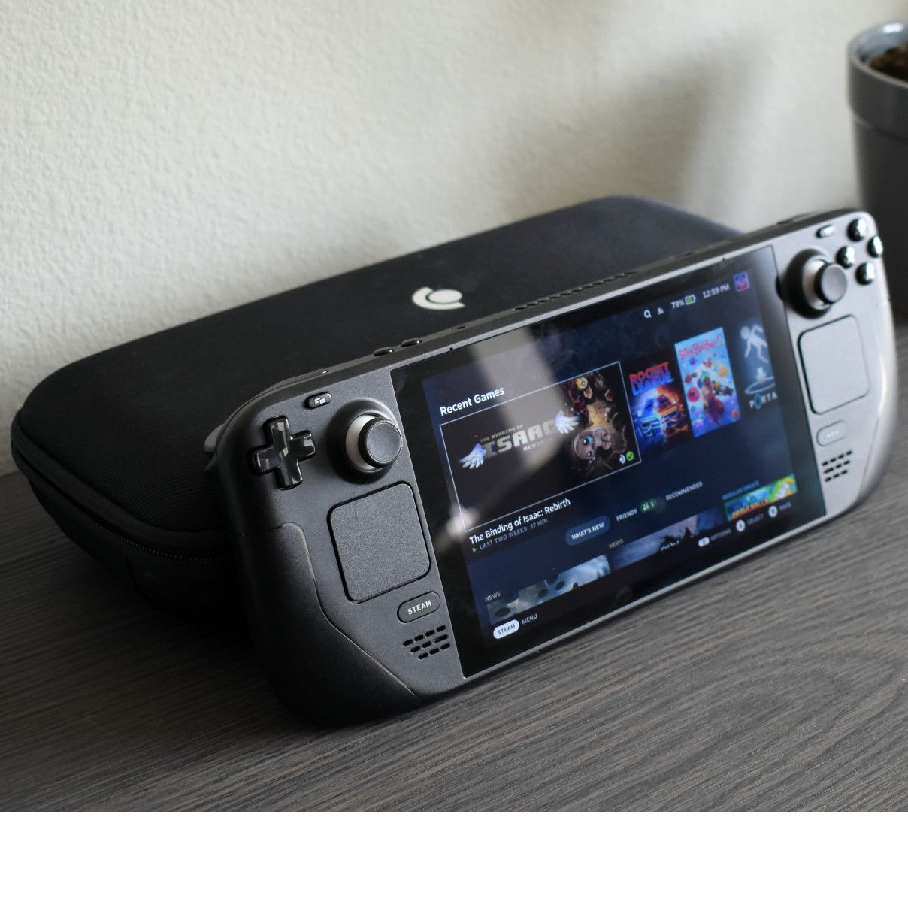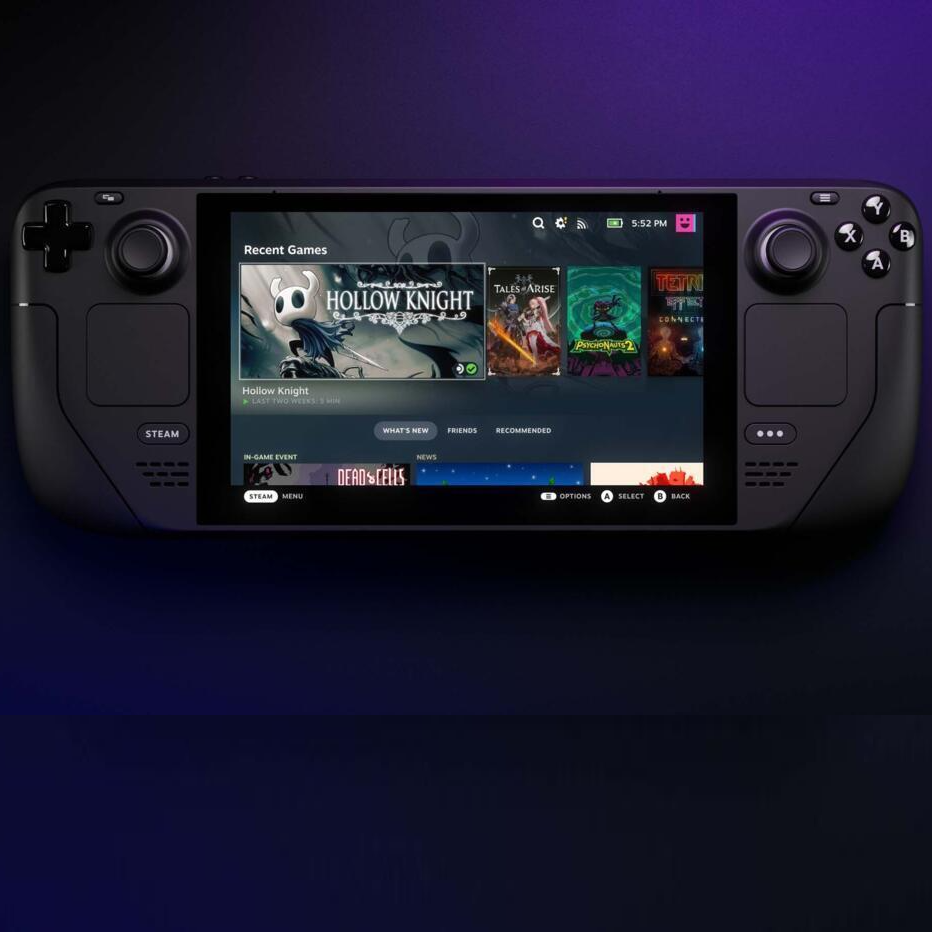The Steam Deck has stirred excitement among gamers since its announcement. This handheld gaming device promises to provide a robust gaming experience comparable to a traditional PC. But while it delivers impressive graphics and gameplay, a critical question remains: How long does the battery actually last? In this article, we will delve into the factors affecting the Steam Deck’s battery life, comparisons to other gaming devices, and practical tips for maximizing your gaming sessions.
Understanding the Steam Deck’s Battery Specifications
Battery Capacity and Design
The Steam Deck comes equipped with a 40 watt-hour (Wh) lithium-ion battery. This capacity is fairly standard for handheld devices but raises the question: Is this enough for a decent gaming experience? On a full charge, the Steam Deck can theoretically offer several hours of gameplay. However, the real-world performance can be very different from the numbers on paper.
Lithium-ion batteries are widely used due to their efficiency, but they also have their limitations. The Steam Deck’s ability to run demanding games comes at a cost. When playing intensive titles, like “Cyberpunk 2077” or “Stardew Valley,” the battery can drain more quickly than casual usages. The design of the Steam Deck aims to partition battery usage effectively. The internal components are arranged to minimize unnecessary power consumption, but the result still varies based on how easily one can balance performance with battery longevity.
Display and Power Consumption
The Steam Deck sports a 7-inch touchscreen with a resolution of 1280 x 800 pixels. The quality of the display plays a significant role in battery life. A higher-resolution display can consume more power, especially when playing graphically intense games. Developers, therefore, need to optimize not just the game but the hardware’s capabilities.
Moreover, the Steam Deck allows users to adjust the brightness of the screen. Brightness settings can drastically alter battery life. Keeping the brightness lower can significantly extend the duration of your gaming session. This feature is particularly useful in dark environments where high brightness isn’t needed. Users can balance how visually immersive their experience is against how long they want to play without recharging.
Factors Influencing Battery Life
Demand of the Game
One of the most significant factors affecting battery life is the game being played. More demanding games require more resources, and therefore, pull more power from the battery. For example, AAA titles with high-resolution graphics will naturally drain the battery more quickly than simpler games like “Celeste” or “Undertale.”
Even the complexity of graphics settings can make a difference. Settings such as anti-aliasing, shadows, and rendering distance all consume additional resources. For gamers who prioritize battery life over visuals, it may make sense to lower these settings for extended playtime. This way, users can ensure that they get an adequate amount of play even on a single charge.
Background Processes
The Steam Deck runs a Linux-based SteamOS, which is quite different from conventional gaming consoles. While great for flexibility, it also means that background processes may affect battery life. If users have multiple applications running at the same time, it can slow down the battery drain as the hardware and software work harder.
Even simple tasks, like the device syncing with friends or downloading updates during gameplay, can add unplanned battery usage. Players should monitor their background processes and close unnecessary applications before starting a gaming session.
Wi-Fi Connectivity
Online multiplayer games are popular but also require a strong Wi-Fi connection to function optimally. Maintaining Wi-Fi connectivity demands additional power. Therefore, gamers who frequently play online games can experience faster battery depletion than those who choose single-player modes.
When playing online, players should consider turning off Wi-Fi entirely when it’s not required. This simple maneuver can extend battery life and might be worth it for those more engaged in single-player narratives.
Real-World Battery Life Metrics
General Expectations
Users’ real-world experiences with the Steam Deck’s battery life vary. On average, players can expect anywhere from 2 to 8 hours of gameplay, depending heavily on usage patterns and game selection. Casual games may stretch battery life to the upper end of that range. More graphically intensive games could see battery life dwindling closer to minimal numbers.
Many reviews have pointed out this variability, with some prioritizing graphics settings over battery longevity. Battery life will ultimately depend on the user’s style and preferences. Those who carefully choose their activities will naturally enjoy longer sessions without needing to plug in.
User Reviews and Experiences
User reviews have also highlighted a spectrum of experiences with battery life. A significant number of players report being satisfied with their gaming time, especially during portable usage. However, there are also several criticisms, focusing on instances where the device did not meet battery expectations.
Some gamers report getting as little as two hours when pushing the device to its limits with high settings. Feedback is essential for identifying the quiet compromises users make for different types of gaming. Many players have undoubtably become adept at discerning how to maintain battery life while still enjoying the freedom of gameplay.
Tips for Maximizing Battery Life
Lower Graphics Settings
Adjusting the graphics settings can dramatically affect battery usage. Users who desire more playtime should prioritize graphical optimization. This includes lowering texture details, frame rates, and resolution. While compromises might be necessary, many gamers find them acceptable for longer sessions.
Development teams often offer settings menus where users can customize for performance. By taking the time to experiment with these options, players can find a satisfactory balance. Some may even enjoy playing in a less visually demanding environment, focusing more on gameplay than graphics.
Optimize Battery Settings
The Steam Deck includes various battery management options that users can explore. Activation of power-saving modes can significantly impact performance. This intel allows players to choose whether they want to prioritize battery life or performance. Utilizing these options can lead to more extended gameplay sessions without the constant need for a power source.
Regularly reviewing battery settings will also help players understand how adjustments impact overall functionality. Gamers can make small modifications that lead to substantial time savings, ensuring a seamless experience without worrying about dying mid-game.
Use Airplane Mode
If gamers aren’t engaging in online play, switching the device into airplane mode can save considerable battery life. This effectively turns off Wi-Fi, Bluetooth, and unnecessary background processes, giving the device a break from constant connectivity demands.
While this tactic won’t suit every gaming session, it can be useful for strategy-based games that don’t require internet access. Players can play at their leisure, focusing solely on the storytelling elements without interruptions.
Charging Practices for Longevity
Proper Charging Techniques
Just as important as using the Steam Deck is how users charge it. Adopting good charging practices can significantly enhance battery longevity. Using the official charger and cable will ensure optimal and safe charging rates. Off-brand chargers can sometimes cause harm to the battery’s chemistry over time.
It’s also advisable to avoid letting the battery fall below 20% before recharging. Lithium-ion batteries have a longer lifespan when users keep them within a reasonable range of use. Regularly practicing this charging routine can lead to a more durable and reliable device.
Avoiding Overcharging
While lithium-ion technology has improved, it’s still essential to avoid overcharging the device. Keeping the Steam Deck plugged in indefinitely can wear the battery down over time. Therefore, players should try to unplug once they reach a full charge.
This practice is a bit of a hassle, but it’s essential to prolong the battery’s lifespan. Balancing charging habits can create a manageable cycle not only for gameplay but also for the overall utility of the device.
Conclusion
The Steam Deck presents a new era for portable gaming. While the battery life has its limitations, many gamers still find the experience rewarding and functional. Understanding the various influences on battery life, coupled with effective strategies for its management, leads to a more fulfilling gaming experience.
By choosing the right games, optimizing settings, and following good charging practices, the Steam Deck can deliver satisfactory gaming sessions. As more patches and updates arrive, it’s likely that battery improvements will also come through software optimization. The future is bright for handheld gamers willing to adapt and evolve with their technology.
Through ongoing experience and user input, improvements can continue to help refine the Steam Deck. Ultimately, for gamers on the go, it’s essential to embrace these practices and enjoy every moment.



